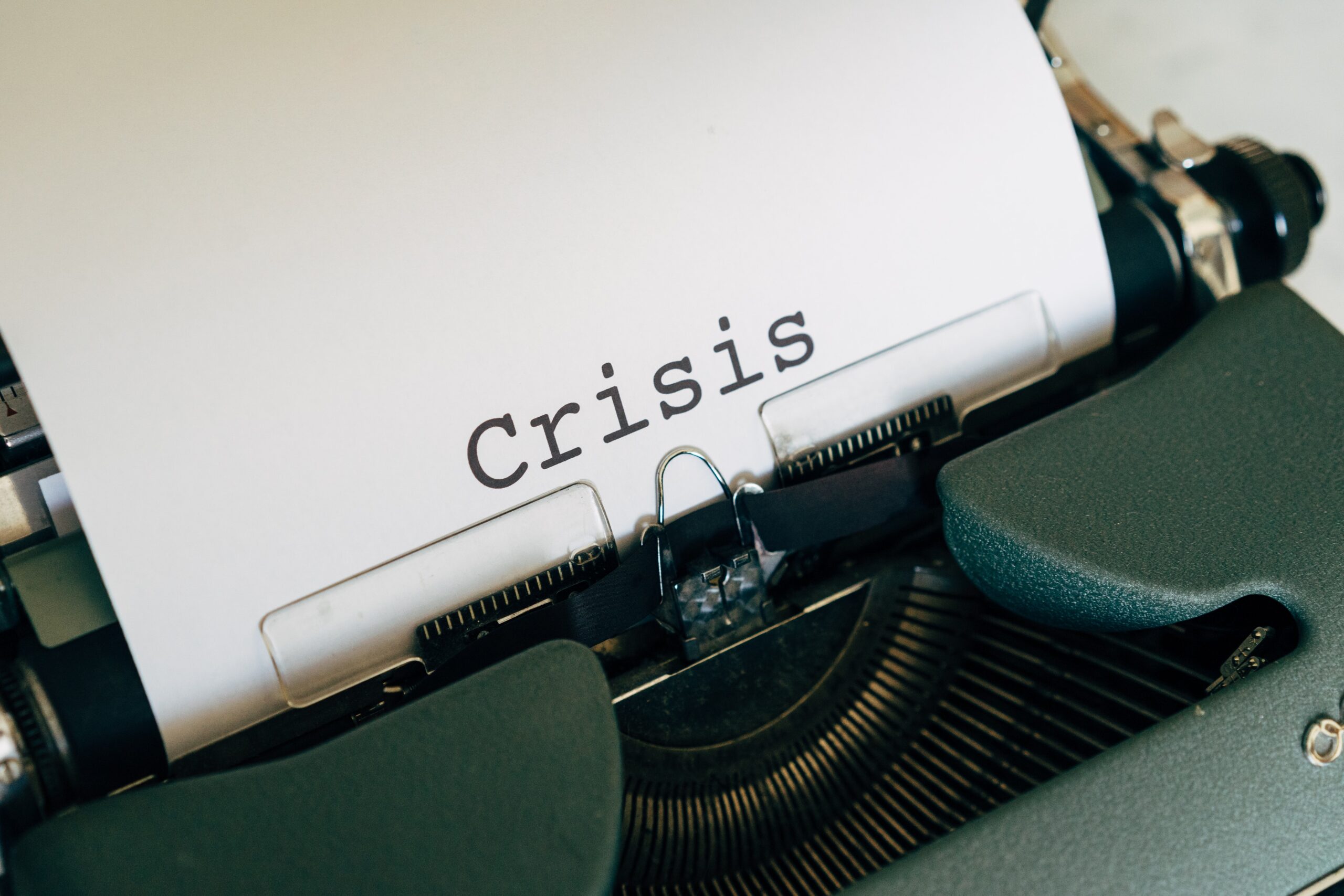In the light of a PR crisis, complaints emerge, resources and operations are brought to a standstill and it is evident that many companies, whether small or big, struggle to rise and come back from such scandals.
What most do is to acknowledge the issue under concern and focus more on forging a solution to bring back the company’s value.
Whether it is from an executive scandal or a streak of erroneous reviews, companies, from time to time will land into public relationship crisis
No one is perfect, and no one expects your company to be perfect either. But you are human and everyone keeps their eye opened on how you will such crises.
Here are crucial steps to take to sail through the storm and regain your position.
Appoint a Response Team
Your company should have a response team even before a crisis strikes. However, during times of controversy need arises for you to quickly appoint a response team to ensure the team speaking on behalf of your company is designated and you expect nothing less of them.
It is more important for the organization to speak in one voice, rather than everyone giving their version. The best response team should contain both inhouse and outsourced crisis, management staff.
Create a Strategy and Inform Your Team
A strategy is important in the management of a crisis. As much as the communications systems could be effective, lacking a protocol renders it all unfunctional. Each member of your response team should be informed of their role and be comfortable with it. This should mean that all your employees, staff, stakeholders and board knows who is speaking on behalf of the company and where to direct their questions if there are any.
Craft Your Addressing Message
Once you have set up your response team and informed al your employees on the way to take, the next and most critical part is thinking of the most transparent way to talk about the situation. Without fingerpointing and playing blame games, your company should be able to address what has happened and what you are doing about it. Mistakes are forgiven and the sooner this sinks into your strategy the better. Always be open and honest with your audience- it builds their trust in you. Apologize right away and clearly state what you are putting in place to ensure it won’t happen again.
Adress the Affected Parties
In your crisis response strategy, you should be able to identify the affected parties. Once you have identified all the affected parties; business partners, customers, employees, media, etc. ensure the message reaches them in a timely manner
Monitor and Learn From the Situation
Monitoring reactions and accessing your brand’s image is so important after a crisis. Keep an eye on the communications (both inbound and outbound) and address arising concerns.
Also, use your social channels to track and know what people are saying about your brand. Once the tempers cool, it is time to conduct a post-action review to assess the functionality of your response strategy. Assess how your response team managed the situation and discuss prevention measures for such future situations.
Crisis times can threaten the public image of a company, choosing to remain silent shows irresponsibility. Responding slowly or too quickly is also not advised. Take time, get into the situation and apologize. Yes, apologize, your audience is human and will understand you.






